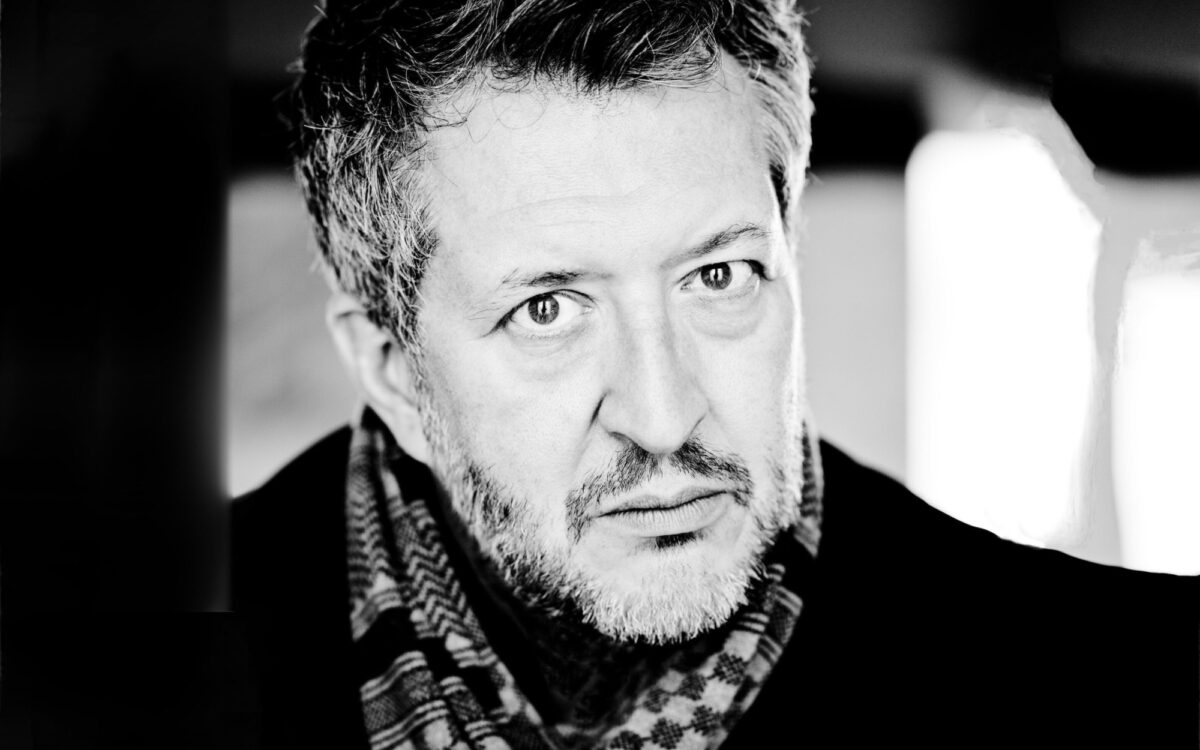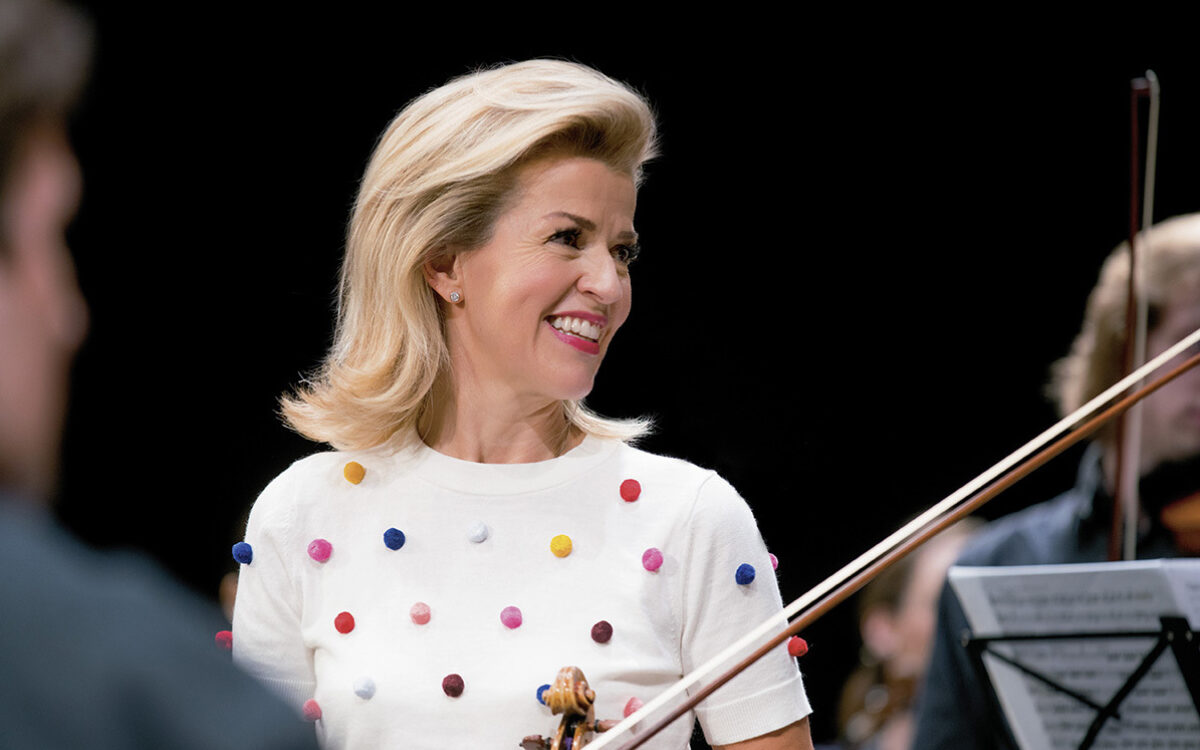La Valse
Quick Facts
- Composer’s life: Born March 7, 1875, in Ciboure, in the Basque region of France; died December 28, 1937, in Paris
- Year completed: 1920
- First performance: December 12, 1920, Lamoureux Orchestra of Paris, Camille Chevillard conducting
- First BSO performances: January 13 and 14, 1922, Pierre Monteux conducting
The score of La Valse calls for 2 flutes and piccolo (doubling third flute), 2 oboes and English horn (doubling third oboe), 2 clarinets and bass clarinet, 2 bassoons and contrabassoon, four horns, three trumpets, three trombones, tuba, triangle, tambourine, side drum, bass drum, cymbals, castanets, tam-tam, crotales, 2 harps, and strings.
Ravel found it difficult to return to normal work after the ravages of the First World War. Quite aside from the long interruption in his compositional activity and the loss of many friends, he was suffering from a recurring insomnia that plagued him for the rest of his life and played a considerable role in the dramatic reduction of new works. He had already started sketching a symphonic poem that was intended to be a musical depiction of Vienna; naturally it was a foregone conclusion to cast the work as a grand orchestral waltz. Ravel had never yet visited the Austrian capital (he was only to do so in 1920, after finishing his big waltz composition), but he “knew” Vienna through the composers, going back to Schubert and continuing with the Strauss family and many others who had added a special Viennese lilt to the waltz. (In this sense Ravel was as familiar with Vienna as Bizet and Debussy were with Spain when they composed what many regard as the most convincing “Spanish” music ever written.)
The first sketches for Wien apparently date from 1907, when Ravel was completing another musical travelogue, the Rapsodie espagnole. He began orchestrating the work during 1914 but ceased after the outbreak of hostilities; he complained in his letters that the times were not suitable for a work entitled “Vienna.” After the war, Ravel was slow to take up the composition again. Only a commission from Serge Diaghilev induced him to finish it, with the new title La Valse, Poème chorégraphique, and intended for production by the Russian Ballet. When the score was finished, however, Diaghilev balked. He could see no balletic character in the music, for all its consistent exploitation of a dance meter, and he refused to produce the ballet after all. (This marked the end of good relations between the composer and the impresario.)
So La Valse was first heard in concert form; only in 1928 did Ida Rubenstein undertake a ballet production of the score, for which Ravel added a stage direction: “An Imperial Court, about 1855.” The score bears a brief scenic description:
Clouds whirl about. Occasionally they part to allow a glimpse of waltzing couples. As they gradually lift, one can discern a gigantic hall, filled by a crowd of dancers in motion. The stage gradually brightens. The glow of chandeliers breaks out fortissimo.
The hazy beginning of La Valse perfectly captures the vision of “clouds” that clear away to reveal the dancing couples. The piece grows in a long crescendo, interrupted and started again, finally carried to an energetic and irresistible climax whose violence hints at far more than a social dance.
Ravel’s date of “1855” for the mise-en-scène was significant. It marked roughly the halfway point of the century of Vienna’s domination by the waltz—the captivating, carefree, mind-numbing dance that filled the salons, the ballrooms, and the inns, while the whole of Austrian society was slowly crumbling under an intensely reactionary government, the absolutism of Emperor Franz Joseph, who was twenty-five in 1855 and reigned until the middle of the First World War. The social glitter of mindless whirling about concealed the volcano that was so soon to explode. Ravel’s La Valse has the captivating rhythms in full measure, but the music rises to an expressionistic level of violence, hinting at the concealed rot of the society. Would La Valse have been different if composed before the horrors of the war? Who can tell? In any case, consciously or not, Ravel’s brilliantly orchestrated score captures the glitter and the violence of a society that, even as he was composing, had passed away.
Steven Ledbetter
Steven Ledbetter, a freelance writer and lecturer on music, was program annotator of the Boston Symphony Orchestra from 1979 to 1998.



